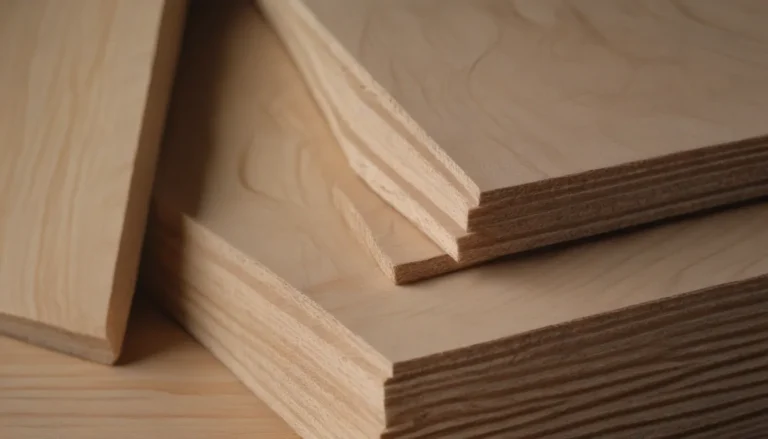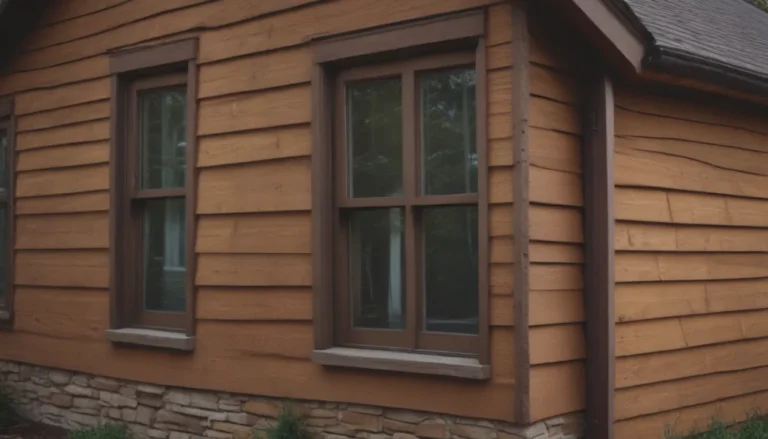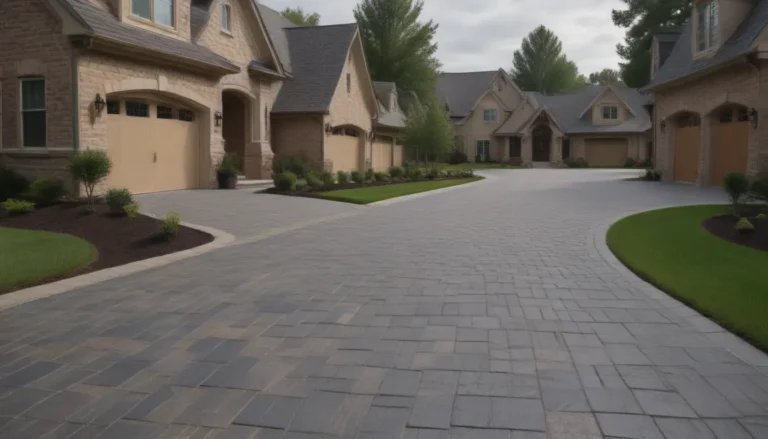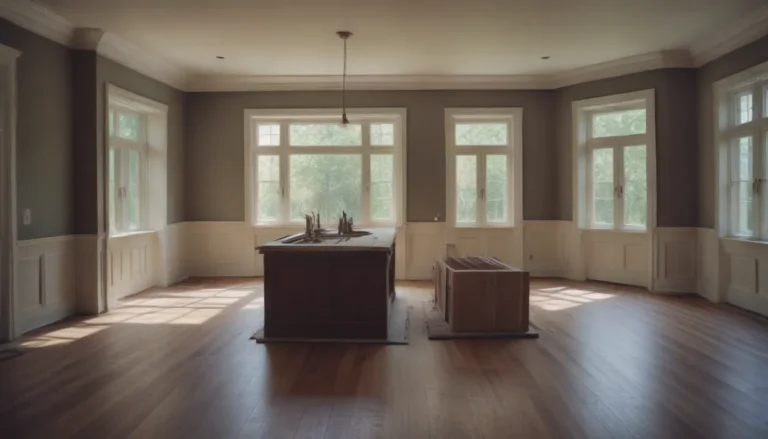Understanding the Importance of Pressure Vacuum Breakers in Your Irrigation System
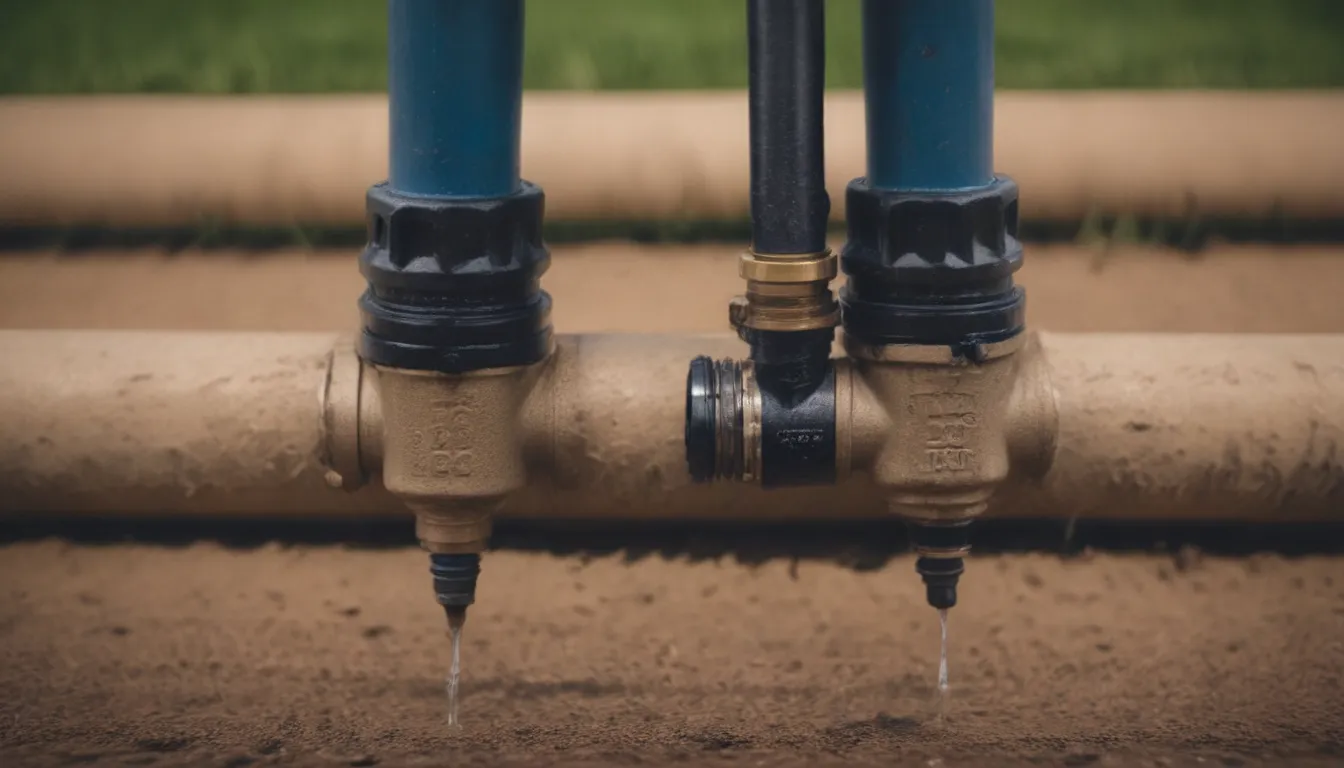
Are you looking to safeguard your home’s drinking water supply from potential contamination? A pressure vacuum breaker (PVB) might just be the solution you need! In this comprehensive guide, we will explore the basics of pressure vacuum breakers, including why they are essential, where to find them, how they work, and most importantly, how to maintain them to ensure optimal performance.
Why You Need a Pressure Vacuum Breaker
A pressure vacuum breaker serves as a critical safety component in irrigation systems by preventing non-potable water from flowing back into your home’s drinking water supply. This is crucial for protecting your health and ensuring the integrity of your water system. Most local building codes mandate the installation of backflow prevention devices on water systems to minimize the risk of cross-contamination from backflow events.
Imagine a scenario where there is a sudden drop in water pressure in the main supply line, such as during a city water interruption. In such cases, negative pressure can cause water to flow backward in the pipes, potentially contaminating your drinking water. A pressure vacuum breaker acts as a barrier against backflow, safeguarding your water supply against contamination risks.
Where to Find the Pressure Vacuum Breaker
When it comes to locating a pressure vacuum breaker in your irrigation system, it is typically positioned close to the water source before entering the sprinkler valves. It is essential to install the PVB above the highest point in the system, which is usually the highest sprinkler head or the highest elevation in your yard. While most pressure vacuum breakers are situated outdoors, you may occasionally find them installed indoors for specific configurations.
Key Points:
- Position the PVB close to the water source before entering the sprinkler valves.
- Install the PVB above the highest point in the system to ensure optimal functionality.
How a Pressure Vacuum Breaker Works
Understanding the inner workings of a pressure vacuum breaker is crucial for appreciating its role in safeguarding your water supply. A pressure vacuum breaker consists of a check valve and an air inlet vented to the atmosphere. During normal conditions, the check valve allows water flow while keeping the air inlet closed. In the event of increased air pressure surpassing water pressure, the vented chamber opens, breaking the suction effect of low pressure and preventing backflow.
Proper installation and maintenance of a pressure vacuum breaker are essential for ensuring its reliable operation in protecting your water supply.
Pressure Vacuum Breaker Maintenance
Maintaining a pressure vacuum breaker is relatively straightforward, requiring minimal intervention. However, regular inspection and upkeep are essential to ensure its longevity and effectiveness. Internal components of the PVB may require replacement every five years, as O-ring gaskets and plastic parts can deteriorate over time.
When inspecting your irrigation system, be sure to check the pressure vacuum breaker for any signs of wear or damage. O-ring gaskets, plastic poppets, and bonnets are common components that may require attention over time. Monitoring and addressing these issues proactively can help prevent malfunctions and ensure consistent performance.
Maintenance Tips:
- Inspect the pressure vacuum breaker periodically for signs of wear or damage.
- Replace internal components as needed to prevent leaks and ensure optimal functionality.
Winterizing a Pressure Vacuum Breaker
Winterizing your irrigation system is crucial to protect your pressure vacuum breaker from potential damage caused by freezing temperatures. Draining the PVB during a sprinkler blowout is a critical step in winterizing your system. Failing to drain the PVB can result in cracked or burst internal parts, necessitating costly replacements.
After winterizing your sprinkler system, partially opening the valves on the pressure vacuum breaker allows air to escape if any residual water freezes inside. This preventative measure helps mitigate pressure buildup that could potentially damage the internal components.
Winterization Checklist:
- Drain the pressure vacuum breaker during a sprinkler blowout to prevent freezing.
- Partially open valves to release trapped air and prevent damage from freezing water.
Repairs and Troubleshooting
Over time, the internal components of a pressure vacuum breaker may become damaged due to freezing or regular wear and tear. A common indication of a malfunctioning PVB is leaking from under the bell or bonnet assembly of the valve. In such cases, repair kits specific to the PVB model are available from manufacturers.
If repairs are necessary, follow the standard procedure of turning off the inlet and outlet ball valves and removing the bonnet assembly. Organizing the components during the repair process can streamline the reassembly. Once the repair parts are installed, turn on the water supply gradually to ensure proper functionality.
Repair Guidelines:
- Use manufacturer-specific repair kits for PVB maintenance.
- Follow standard repair procedures to address leaks or malfunctions effectively.
In conclusion, a pressure vacuum breaker is a vital component of your irrigation system that plays a crucial role in safeguarding your home’s drinking water supply. By understanding the importance of PVBs, knowing how to locate them, maintaining them regularly, and addressing repairs promptly, you can ensure the continued protection of your water system. Stay proactive in caring for your pressure vacuum breaker to enjoy a safe and reliable water supply for years to come.

